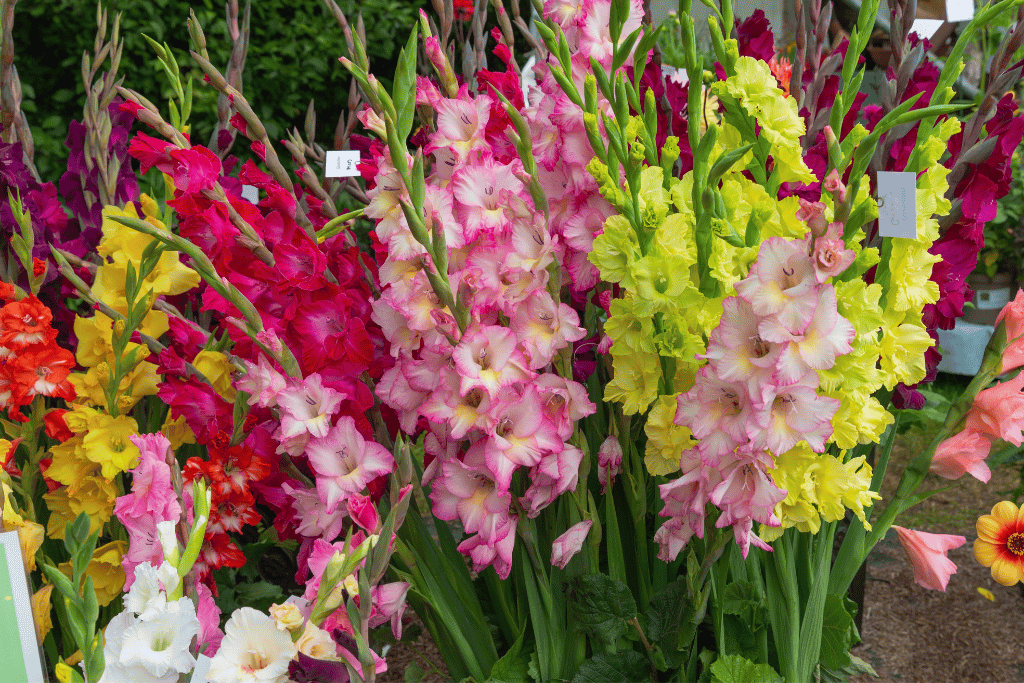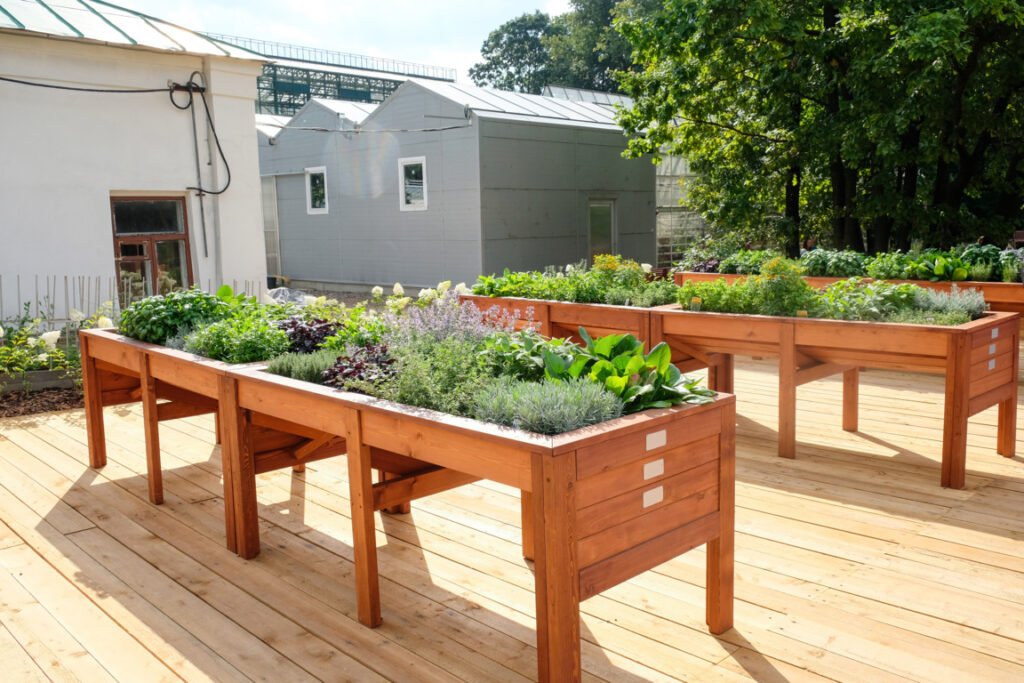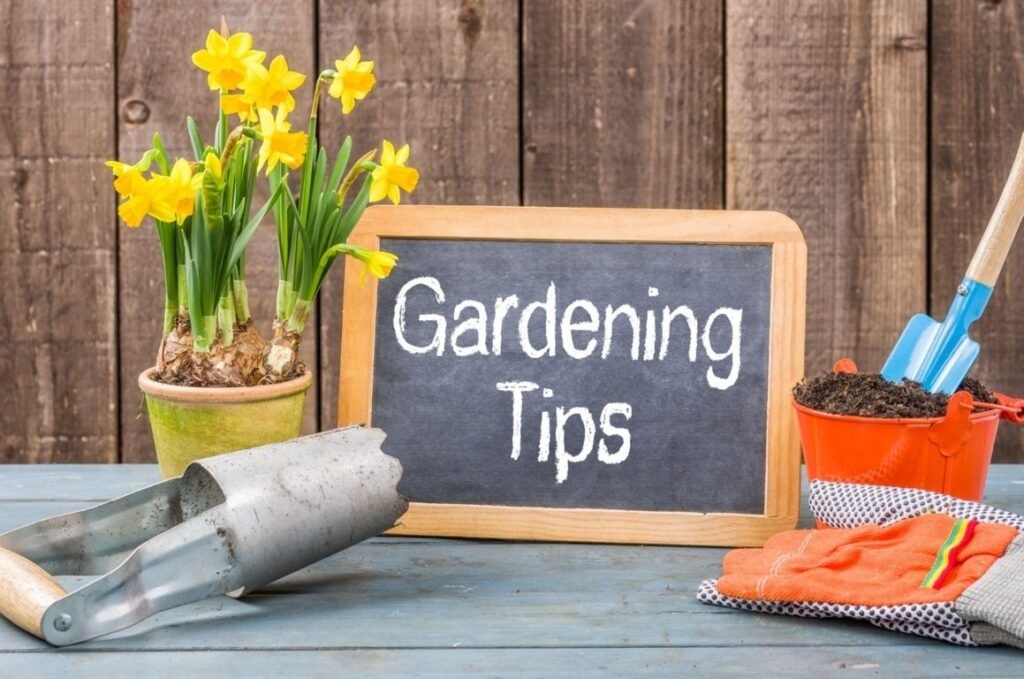
Have you ever wanted to unlock the secrets of growing ginger at home? If so, you’ll be pleased to learn that it is far easier than you might think! All you need is some knowledge and back to eden gardening tips to get your ginger patch flourishing.
Ginger’s a great addition to any garden, and it’s surprisingly easy to grow at home. With these tips, you can unlock the secrets of growing ginger in your own backyard or patio.
What is Back to Eden Gardening?
Back to eden gardening is an organic, no-till gardening method that works with nature instead of against it. It is based on the simple idea that if you create an environment similar to a forest floor you can grow beautiful and abundant gardens without any tilling or weeding. It involves layering organic materials such as wood chips, straw, leaves, compost and other natural materials on top of the soil.
As the organic matter breaks down, it feeds and nourishes plants, builds healthy soil structure and encourages beneficial microorganisms in your garden.
By creating a mulch layer that is several inches thick, you can help protect plants from extreme temperatures, retain moisture in the soil and reduce weeds. This method of gardening is great for anyone who wants to create a beautiful, productive garden with minimal effort. As an added bonus, it’s also much better for the environment than traditional methods of gardening!
Back to Eden Gardening Tips
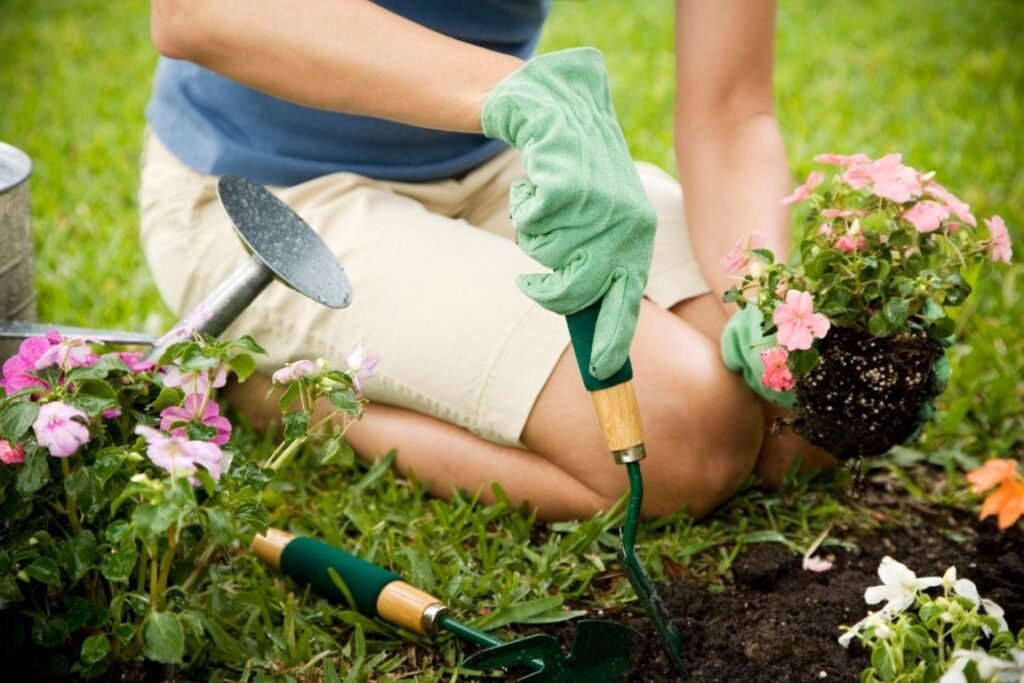
Ginger is a wonderful crop to grow, offering a spicy flavour and an array of health benefits. Growing ginger at home can be a rewarding experience, but it does come with some challenges. Fortunately, you can use “Back to eden” gardening methods to help make the process easier.
Here are some tips on how to successfully grow your own ginger at home:
1. Start with quality soil
Ginger requires well-drained, nutrient-rich soil to grow successfully. Try using compost or aged manure in your garden, and make sure you mix it into the top 6 inches of soil. This will help provide the optimal environment for growing your ginger roots.
2. Plant ginger in full sun or partial shade
When planting your ginger, make sure the area you choose has plenty of direct sunlight (at least six hours) or partial shade throughout the day. This will help ensure that your plants receive enough light and warmth to grow properly.
3. Use raised beds for growing ginger
Raised beds provide better drainage and soil aeration, which will help your ginger to thrive. If you don’t have raised bedding, use a container or pot filled with quality soil.
4. Plant in the spring or fall
Ginger is best planted when temperatures are between 65-75 degrees Fahrenheit—ideally in the spring or fall. This is the best time to get your ginger established, as it can take root before the temperatures become too hot.
5. Water regularly and evenly
Ginger needs consistent moisture to grow properly, so ensure you check in on your plants every few days and provide them with enough water when needed.
6. Mulch your ginger plants
To retain moisture, it’s important to mulch around your ginger plants. Try using straw or grass clippings as a natural insulator and help prevent weeds from growing near the roots of your plants.
7. Harvest when the leaves start to yellow
Ginger is ready to be harvested once the leaves start to turn yellow and the stems begin to die back. Carefully remove your ginger from the soil and allow it to dry for a few days before using or storing it.
8. Start with healthy plants
When it comes to growing ginger, you want to ensure that you start with healthy plants. Before planting, look for organic rhizomes (or root cuttings) and soak them in water overnight. This will help the plant develop a strong root system and ensure access to all the nutrients it needs for growth.
The World of Ginger Gardening – 4 Things you Need to Know
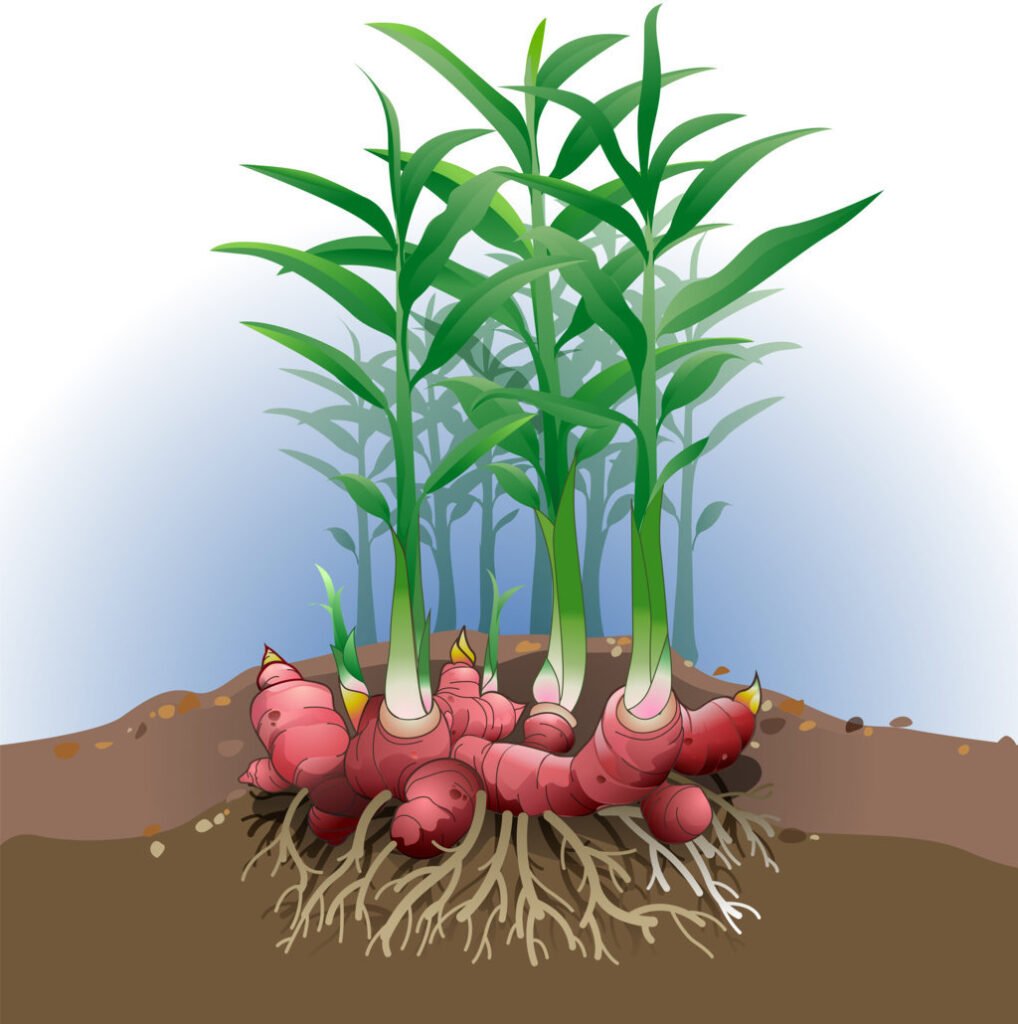
1. How to plant ginger seed in garden back to eden
Although some people believe that growing ginger from seed is impossible, it actually can be done in the right environment. It’s best to plant ginger seeds in garden beds using the back to eden gardening method. This gardening style encourages using organic materials such as wood chips, straw, or compost as mulch for the soil. It also promotes minimal tillage and doesn’t require the use of chemical fertilisers or pesticides.
To begin, prepare a garden bed by tilling and aerating the soil. After loosening the soil, add two to three inches of organic mulch on top and mix it into the topsoil using a garden fork or tiller. If your soil is particularly sandy or clay-like, you may need to add more organic matter, such as compost or aged manure, to give it a better structure and improve drainage.
Once the soil is prepared, the next step is to plant the ginger seeds. Ginger prefers warm, moist conditions, so choose a spot in your garden that is well-drained and gets plenty of sunlight. Plant the seeds in shallow trenches about two inches deep and two to three inches apart. If planting multiple rows of ginger, space the rows at least twelve inches apart.
Finally, cover the planted seeds with a light layer of mulch to help retain moisture and protect the tender seedlings. Water the area well and keep it moist until the ginger seedlings begin to sprout. Once they are established, reduce watering frequency but continue to water regularly. With a little care and attention, you should be able to harvest your own ginger root within eight months or so!
2. How to grow ginger seeds in the garden back to eden
Growing ginger in your garden using the back to Eden method is a great way to bring a unique flavour into your cooking and enjoy the many benefits of this fragrant root crop. You need to take a few critical steps when it comes to growing ginger.
Start by selecting the best soil type for growing ginger. The best soil for ginger is a light, well-drained soil with plenty of organic matter. Add some extra compost or peat moss to the mix if you’re growing your ginger in containers.
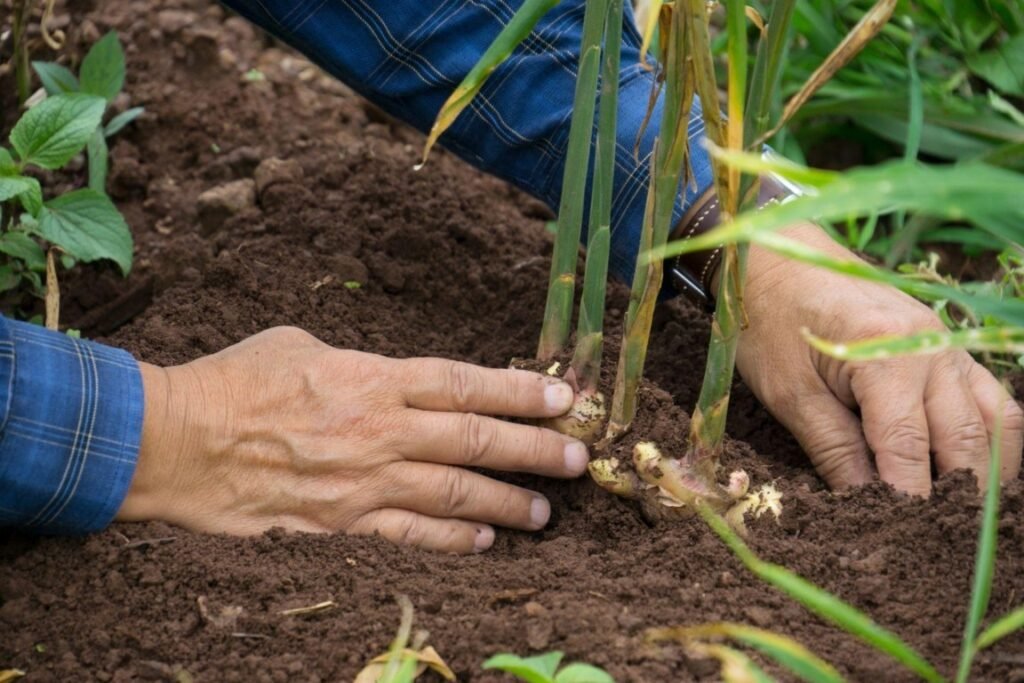
Next, prepare the area where you plan to plant your ginger by tilling it and adding a layer of compost or mulch. This will help to retain moisture and keep the roots from becoming too dry.
Ginger can be grown from both seeds and rhizomes (roots). If you’re starting with seeds, plant them about 1/4 inch deep in the soil and cover lightly with soil. Keep the area moist but not wet. Seeds should germinate in about 10 days.
When planting ginger rhizomes, plant them with the eyes (buds) facing up and cover them lightly with soil. Place your rhizomes a few inches apart, so they have plenty of room to grow. Water regularly to keep the soil moist but not wet.
Back to eden gardening involves no-till methods and mulching. This means that rather than tilling the soil and disturbing the natural ecosystem of your garden, you are creating a beneficial habitat for plants and insects by adding layers of compost or mulch around your ginger plants. This will help to keep weeds down, protect the roots from temperature extremes, and conserve moisture.
Once your ginger is established, giving it adequate water and fertiliser is important. Ginger needs about 1 inch of water per week during the growing season. Give your ginger plants a balanced organic fertiliser once a month during the growing season to ensure optimal growth and flavour.
If you’re looking for a unique flavour to add to your cooking, give growing ginger in your garden with back to eden gardening methods a try. With these simple tips, you’ll have beautiful and delicious ginger plants in no time!
3. How to ID Garden Ginger?
Identifying ginger in your garden can be a bit tricky, especially if you’re unfamiliar with the plant. Ginger plants are typically identified by their large leaves, which are often glossy and dark green in colour. The stems of the ginger plant will also have a distinctively yellow-orange hue.
In addition to its leaves and stems, ginger plants can be identified by their attractive white flowers and underground rhizomes. The rhizomes are thick and spongy, with a slight orange hue.
When harvesting your ginger, it’s vital to dig carefully so as not to damage the delicate roots. Ginger roots should be harvested when they are about the size of a finger and have a strong aroma. After harvesting, you can either use them fresh or dry them for use later.
By using these tips to help identify ginger in your garden, you’ll enjoy the many benefits of this fragrant root crop.
4. Where to buy non-GMO organic ginger root to grow in a garden?
Non-GMO, organic ginger root can be purchased online from various sources. Many nurseries and garden centres carry the rhizomes as well. When selecting ginger root for planting, look for plump, healthy pieces free of mould or blemishes. Place the roots in a cool spot away from direct sunlight until you’re ready to plant them in the garden.
Conclusion
Growing ginger at home can be a great way to connect with the natural world while having fun and learning something new. With the right approach and understanding the needs of your plants, you can unlock the secrets of growing ginger at home.
The back to eden gardening method offers a simple and sustainable alternative. By following the tips above and allowing your ginger to grow in a natural, nutrient-rich environment with the right balance of moisture and soil, you can watch as your garden flourishes with healthy plants producing flavorful ginger!


